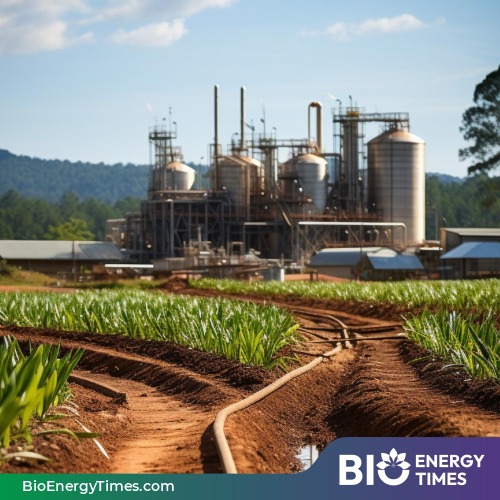Richland, Wash: Scientists at Washington State University (WSU) have developed a new method to turn corn stalks and other crop waste into affordable sugar, potentially paving the way for more sustainable and cost-effective biofuel production, reports WSU Insider.
The research, published in the July 2025 issue of Bioresource Technology, outlines an experimental process that uses ammonium sulfite-based alkali salts to convert corn stover — the leftover stalks, husks, and leaves from corn harvests — into sugar. This sugar can be used to produce biofuels and other products, potentially lowering the costs of renewable energy alternatives.
“Inexpensive sugar is the key to commercial success for new technologies that make fuels and useful products from renewable biomass,” said Bin Yang, a professor in WSU’s Department of Biological Systems Engineering and lead investigator on the project.
Yang worked with researchers from the University of Connecticut, the National Renewable Energy Laboratory (NREL), the USDA Forest Products Lab, and Washington University in St. Louis to find a cost-effective way to break down tough plant materials like cellulose and lignin into fermentable sugars.
Their new process involves pretreating corn stover with potassium hydroxide and ammonium sulfite at relatively mild temperatures. This makes it easier for enzymes to break the biomass down into sugar, which can then be used to produce fuels and other products — all without needing a complex chemical recovery step.
The team estimates that, by using or selling byproducts of the process, the sugar could be produced for as little as 28 cents per pound, making it price-competitive with imported sugar.
“This patent-pending process not only produces high-quality sugar but also creates fertilizer that can be returned to the soil, leaving no waste behind,” Yang said.
The research was funded by the U.S. Department of Energy’s Bioenergy Technologies Office. According to Xiaowen Chen, a scientist at NREL and principal investigator, the next step will be to scale up the process at the pilot level.
















